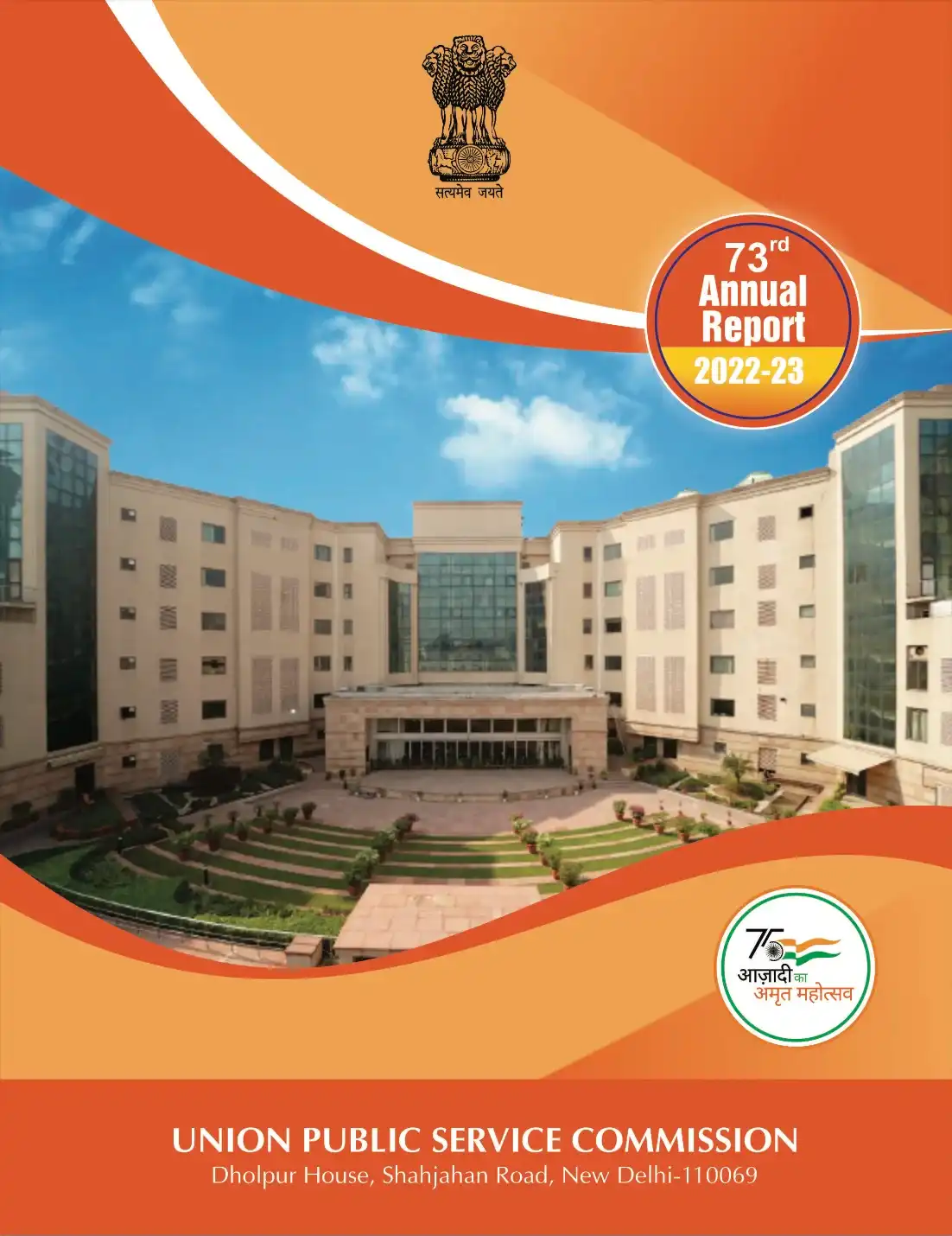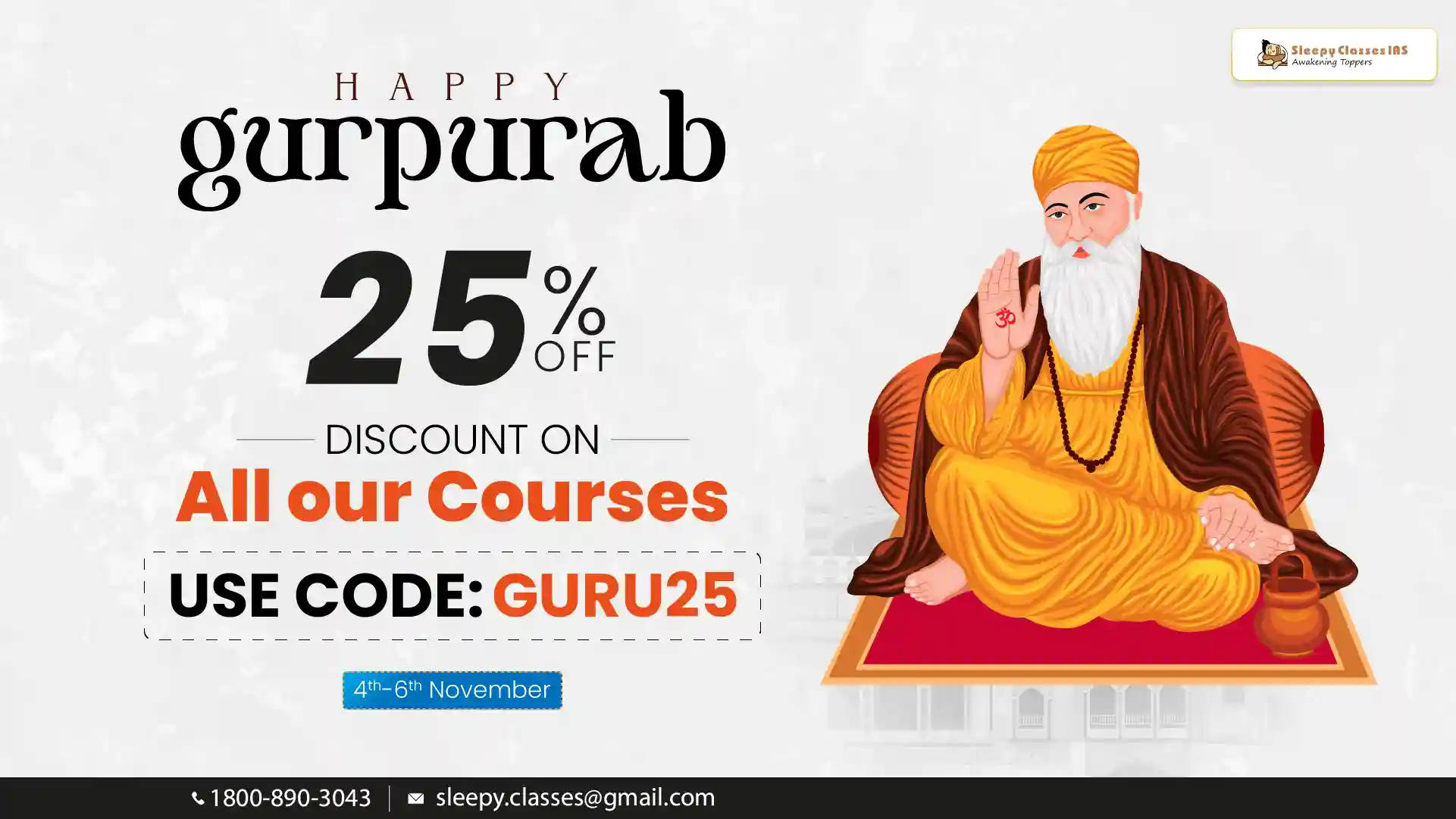
Download the Official UPSC Annual Report 2022-23 PDF
Introduction
The Union Public Service Commission (UPSC) Annual Report for 2022–23 provides aspirants with vital insights into examination trends, participation, performance, and socio-academic patterns among candidates. For those preparing for the Civil Services Examination (CSE), understanding these figures helps align strategy, expectations, and timelines.
This report deconstructs major trends, gender and category-based analytics, educational background statistics, age brackets, and success ratios — all backed with infographics and structured in FAQ format for easy understanding.
How Many Candidates Apply for UPSC Exams?
Annual Applications: Rising Trend
The table below outlines the number of candidates applying for the Civil Services Preliminary Examination (CS(P)) and Defence Services (NDA/CDS) over the last three years. There is a steady year-on-year increase:
| Year | CSE Prelims (CS(P)) | NDA/CDS & Defence | Total Applicants |
|---|---|---|---|
| 2020–21 | 10,56,835 | 10,47,108 | 25,03,345 |
| 2021–22 | 11,12,318 | 12,31,216 | 29,91,842 |
| 2022–23 | 11,52,566 | 17,41,998 | 33,51,916 |
Key Insight: Over the past three years, there’s been a significant rise—especially in defence applications, which surged by over 5 lakh between 2021–22 and 2022–23. This indicates increasing enthusiasm for public service careers.
How Many Actually Appear in the Exam?
Attendance Rates
This table reflects the gap between applications and actual attendance. While registrations show growth, actual participation remains around 50%:
| Year | CS(P) Appeared | Defence Appeared | Total Appeared |
|---|---|---|---|
| 2020–21 | 4,86,952 | 5,16,609 | 11,38,992 |
| 2021–22 | 5,13,192 | 6,73,325 | 14,71,144 |
| 2022–23 | 5,79,008 | 9,81,875 | 17,37,420 |
Observation: Even as total applications crossed 33 lakh, nearly half the candidates didn’t appear for the exams. This trend emphasizes the need for serious commitment during registration.
What’s the Gender and Community-Wise Representation?
Breakdown from CSE 2021
Representation of different categories and genders at each stage — from application to recommendation — offers crucial insight into diversity and inclusion:
| Category | Applied | Appeared | Interviewed | Recommended |
|---|---|---|---|---|
| Scheduled Castes | 1,250 | 1,233 | 82 | 106 |
| Scheduled Tribes | 681 | 681 | 45 | 60 |
| OBC | 2,438 | 2,355 | 201 | 215 |
| EWS | 862 | 805 | 104 | 77 |
| General | 3,704 | 3,696 | 547 | 290 |
Gender Analysis
- Female Candidates Recommended: 201 out of 1,330 (15.1%)
- Male Candidates Recommended: 547 out of 7,600 (7.2%)
Key Insight: Female aspirants outperformed their male counterparts proportionally. Though fewer women applied, their success rate was more than double that of males.
Educational Background and Success Rate
Qualification-Wise Breakdown
This table highlights how different academic qualifications fared at the interview stage:
| Qualification Type | Interviewed | Recommended | Success Rate |
|---|---|---|---|
| Bachelor’s (Humanities) | 184 | 88 | 47.8% |
| Bachelor’s (Engineering) | 998 | 421 | 42.2% |
| Bachelor’s (Science) | 119 | 35 | 29.4% |
| Master’s (Humanities) | 241 | 100 | 41.5% |
Takeaway: Humanities graduates—especially at the bachelor’s level—showed the highest success rates. Engineering continues to dominate in sheer numbers, while science stream aspirants saw comparatively lower conversion.
Which Optional Subjects Perform Best?
Optional-Wise Success Rate (2021)
Optional subjects are a key determinant in Mains success. Here’s how top optionals fared:
| Optional Subject | Appeared | Recommended | Success Rate |
|---|---|---|---|
| Political Science & IR | 1,571 | 140 | 8.9% |
| Sociology | 1,087 | 92 | 8.5% |
| Anthropology | 1,159 | 90 | 7.8% |
| Commerce & Accountancy | 140 | 21 | 15.0% |
| Economics | 190 | 25 | 13.2% |
| Medical Science | 196 | 24 | 12.2% |
Observation: While PSIR and Sociology remain the most popular, less crowded subjects like Commerce and Economics had significantly higher success rates.
What’s the Age-Wise Trend of Selection?
Final Selections by Age Group
Age demographics among selected candidates tell us when aspirants are most likely to succeed:
| Age Group | % of Selected Candidates |
|---|---|
| 24–26 years | 30.5% |
| 26–28 years | 23.9% |
| 21–24 years | 16.2% |
| 28–30 years | 15.4% |
| 30 years & above | 14.0% |
Inference: A bulk of selections happen between 24–28 years, suggesting 2–3 years of post-graduation preparation is common before cracking the exam.
Frequently Asked Questions (FAQs)
1. How many candidates applied for CSE Prelims in 2022–23?
A total of 11,52,566 candidates applied.
2. What percentage of registered candidates actually appeared in Prelims?
In 2021, only 46.5% of applicants appeared.
3. Which optional had the highest success rate in 2021?
Commerce & Accountancy with 15% success rate.
4. What is the success rate of female candidates compared to males?
-
- Female: 15.1%
- Male: 7.2%
5. What is the most successful age group in the final merit list?
24–26 years with 30.5% of selections.
6. What proportion of successful candidates had humanities optionals?
80.8% of recommended candidates opted humanities-related subjects.
7. Which educational qualification saw the highest recommendation count?
Bachelor’s in Engineering, with 421 recommendations out of 998 interviews.
8. What was the total number of candidates recommended in 2021?
748 candidates were finally recommended.
9. What is the trend in total applicants for UPSC exams?
From 25 lakh (2020–21) to 33.5 lakh (2022–23) — the growth is consistent.
10. What is the dropout rate before the exam?
Over 50% of registered candidates do not appear, showing a high dropout ratio.
Conclusion
The UPSC Annual Report 2022–23 serves as a rich resource for aspirants to gauge competitiveness and success patterns across variables like gender, age, education, and optional subjects. With a sharp rise in applications, but a consistent pattern in demographics and success rates, aspirants can use this data to calibrate expectations and understand the exam’s evolving ecosystem.



